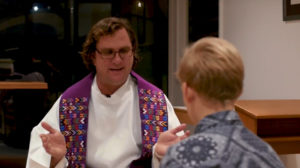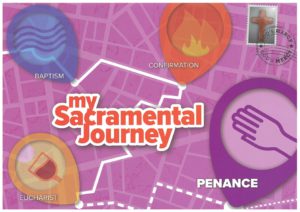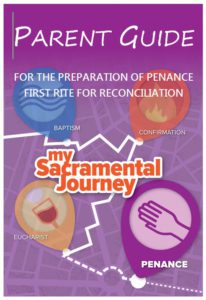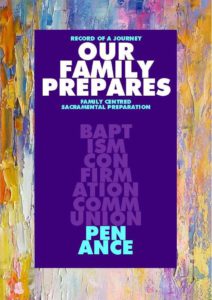To follow up with these, or any other questions, contact your local parish. The parish office staff will put you in touch with either the parish priest or another suitable person who will assist you in the process of your child’s Reconciliation.
Why so many different names for the same sacrament?
The names emphasise different aspects of the sacrament.
Penance refers to our remorse, sorrow and resolution to amend our life with God’s help. Confession refers to the act by which we tell our sins to the priest.
Reconciliation refers to the goal of the celebration which is that sinners are reconciled to God and the Church. The ritual is called the Sacrament of Penance, but is appropriate to refer to it with any of these titles.
What are the different ways that Reconciliation can occur?
There are three different forms that the Sacrament of Penance can take.
- First form or Rite of Reconciliation is when we individually confess our sins to the priest.
- Second form or Rite of Reconciliation is a celebration that occurs within the Church with the whole community and involves individual confession and absolution.
- Third form or Rite of Reconciliation is also centred on the gathering of the community but is designed for situations where there is a grave necessity.
When will my child be prepared for the Sacrament of Penance?
In the Archdiocese of Brisbane children will celebrate a simple Second Rite of Reconciliation as part of their preparation for First Holy Communion. They will be formally prepared for the Sacrament when they are a little older and have a greater understanding, at about ten years old.
Can a priest tell someone else about what they have heard in Confession?
When a person confesses their sins to a priest in the Sacrament of Penance, a very sacred trust is formed. The priest must maintain absolute secrecy about anything that a person confesses. This secrecy is called “the seal of confession”. Under no circumstances is the priest allowed to break this sacred seal.






